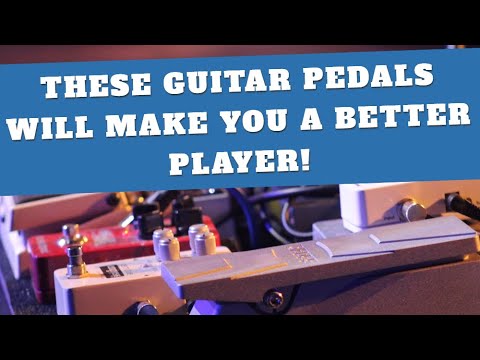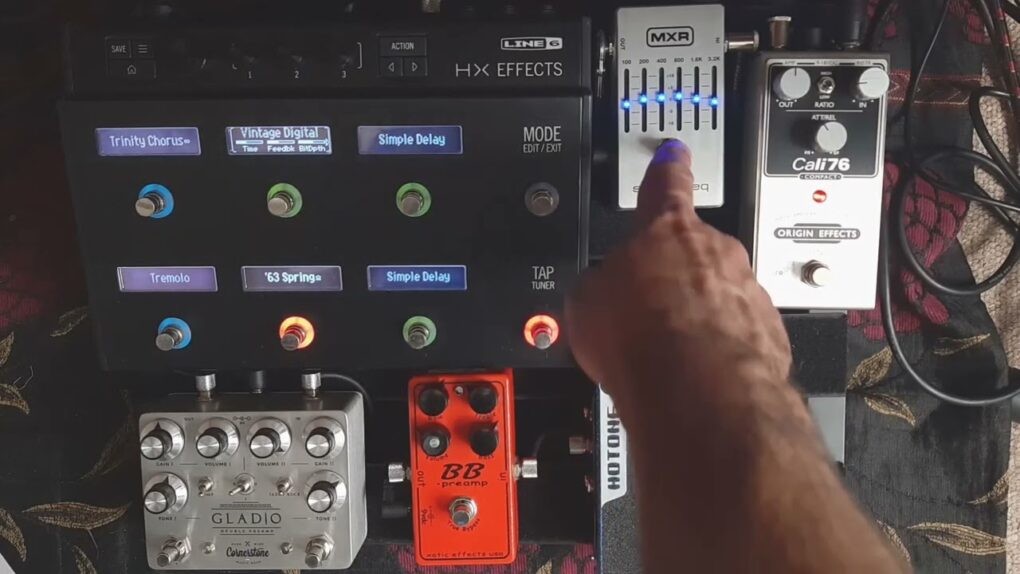Have you ever wondered how to expand your guitar’s sonic possibilities? In this blog post, we’re going to dive into an exciting experiment that involves using impulse responses (IRs) with the Line 6 HX Stomp XL guitar pedal. Whether you’re a guitarist looking to discover new tones or a tech-savvy musician curious about the latest gear, this exploration is bound to pique your interest.
Setting the Stage
In a previous video, we explored the concept of using IR loader pedals with acoustic guitar impulse responses instead of traditional cabinets. Today, we’re taking that experiment to the next level by harnessing the power of the Line 6 HX Stomp XL. This versatile pedal, featured prominently on the screen, provides us with the ideal platform for our sonic journey.
Easy Integration with HX Edit
One of the standout features of the Line 6 HX Stomp XL is its user-friendly interface. Loading classical and acoustic guitar impulse responses onto this pedal is a breeze, thanks to the HX Edit software. You can simply drag and drop your desired IRs from your desktop into the HX Edit slots. This straightforward process opens up a world of tonal possibilities.
A Sonic Transformation
To illustrate the impact of these impulse responses, we begin with a dry Piezo-equipped guitar. The speaker plays a loop and proceeds to toggle through various impulse responses. The differences in sound are striking, showcasing how this experimentation can radically transform your guitar’s tone. This versatility is particularly valuable if you primarily use a Piezo-equipped guitar.
Unlocking Guitar Potential
The Line 6 HX Stomp XL’s built-in EQ, reverb, and other effects further enhance the possibilities. With a bit of tweaking, you can fine-tune your tone to perfection. This experiment is only scratching the surface, as the HX Stomp XL offers a wide array of EQ models and pedals, allowing for more advanced sound sculpting.
Crossing Boundaries: Classical Meets Acoustic
In a bold twist, the speaker introduces a classical guitar impulse response to an acoustic guitar. The results are intriguing, as the guitar retains its acoustic identity while adopting some of the classical guitar’s characteristics. With a bit of EQ adjustment, the potential for creating unique hybrid sounds becomes apparent.
The Journey Continues
This experiment is just the beginning of the creative possibilities that await guitarists. The Line 6 HX Stomp XL, combined with impulse responses, offers a gateway to a world of new sounds. The speaker’s quick exploration underscores the need for further experimentation and tweaking to discover your own signature tones.
Conclusion
In this blog post, we’ve embarked on an exciting musical journey, exploring the integration of acoustic and classical impulse responses with the Line 6 HX Stomp XL. The results speak for themselves, demonstrating how easy it is to enhance your guitar’s sonic palette. Whether you’re a seasoned guitarist or a newcomer, this experimentation can add a new dimension to your playing.
As the speaker suggests, this experiment was just a starting point. With the Line 6 HX Stomp XL’s extensive features and a diverse selection of impulse responses available, the possibilities for innovation and creativity are virtually limitless. So, why not give it a try and see where your musical journey takes you?


